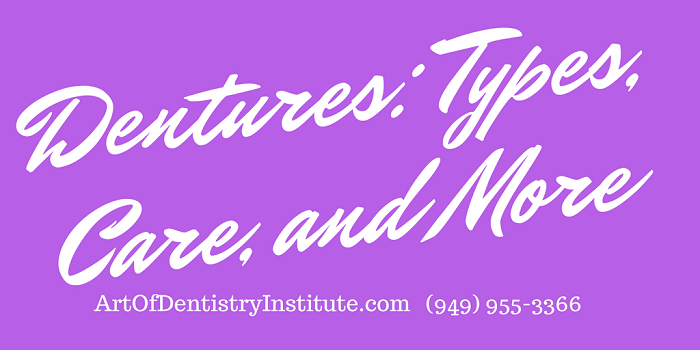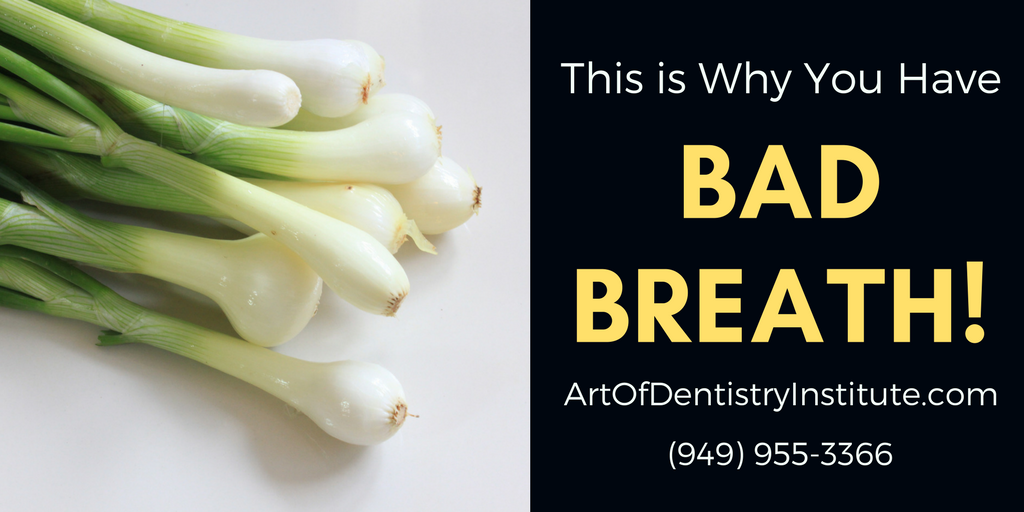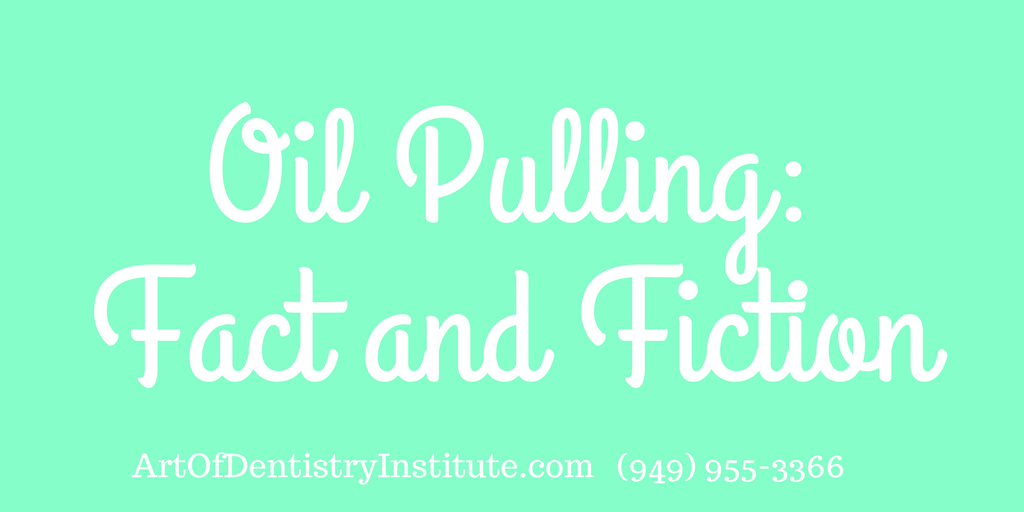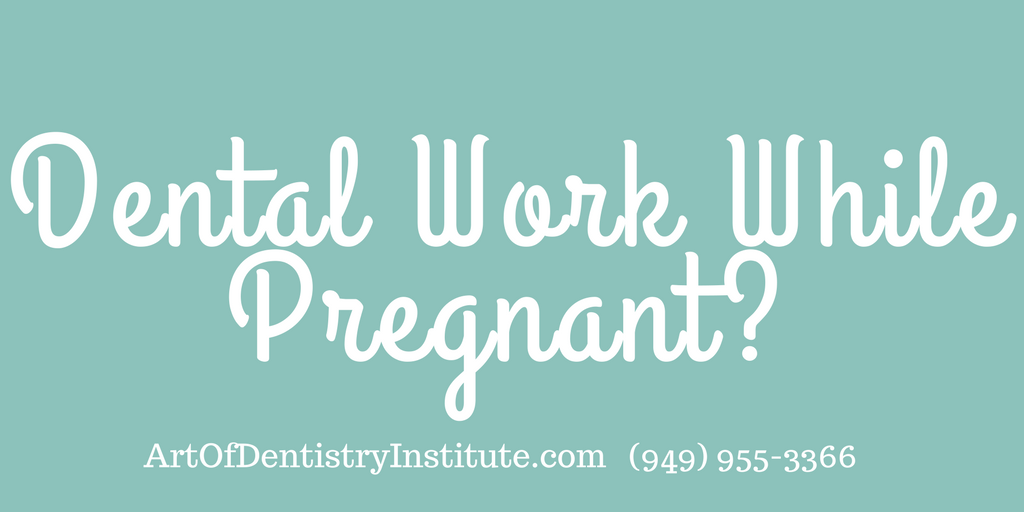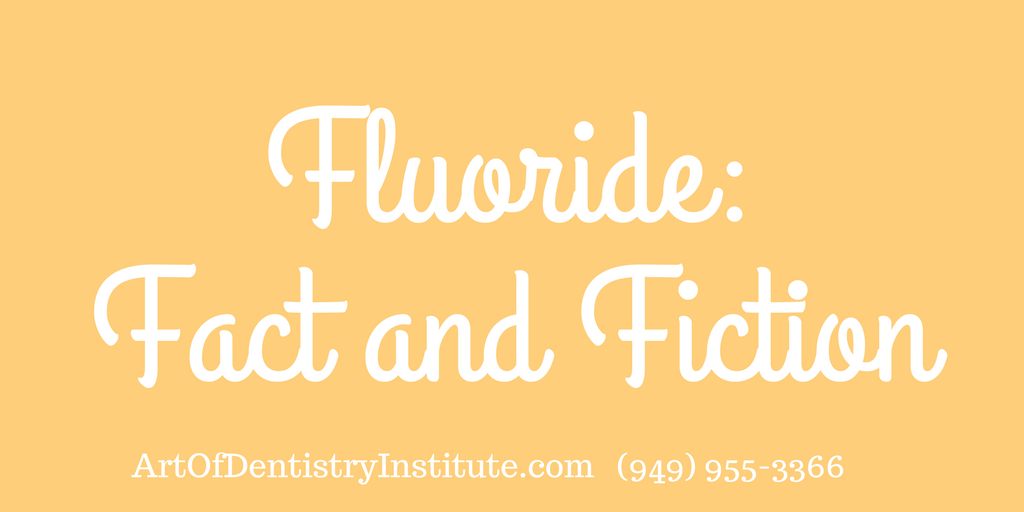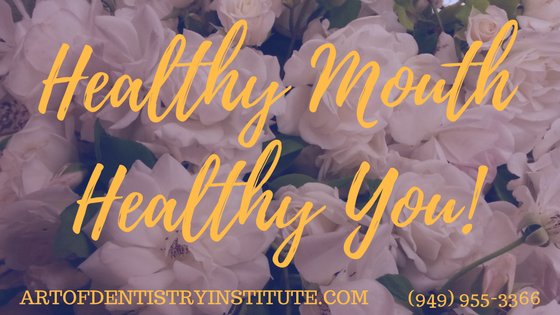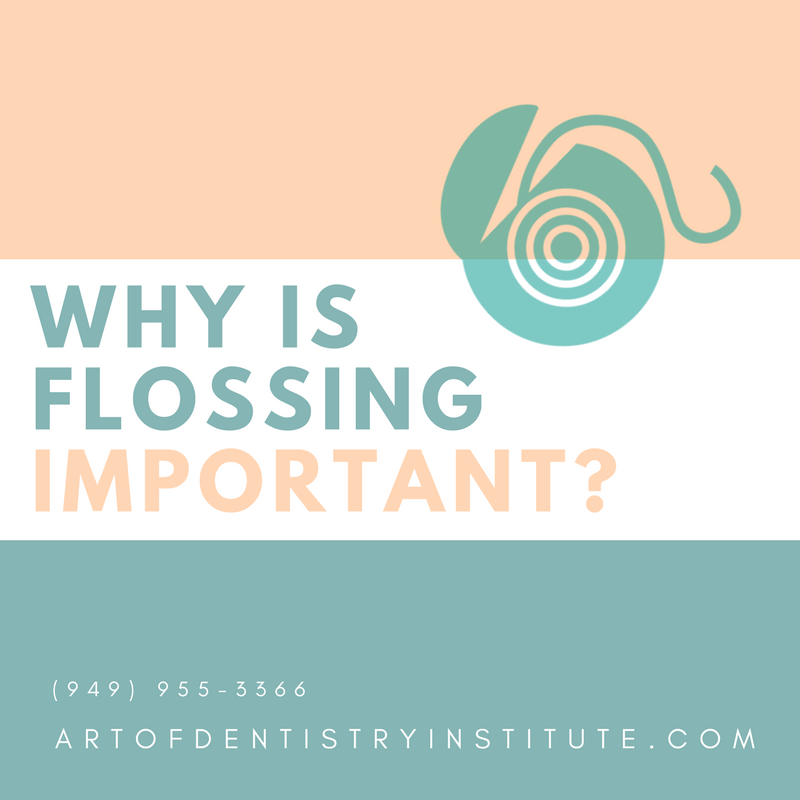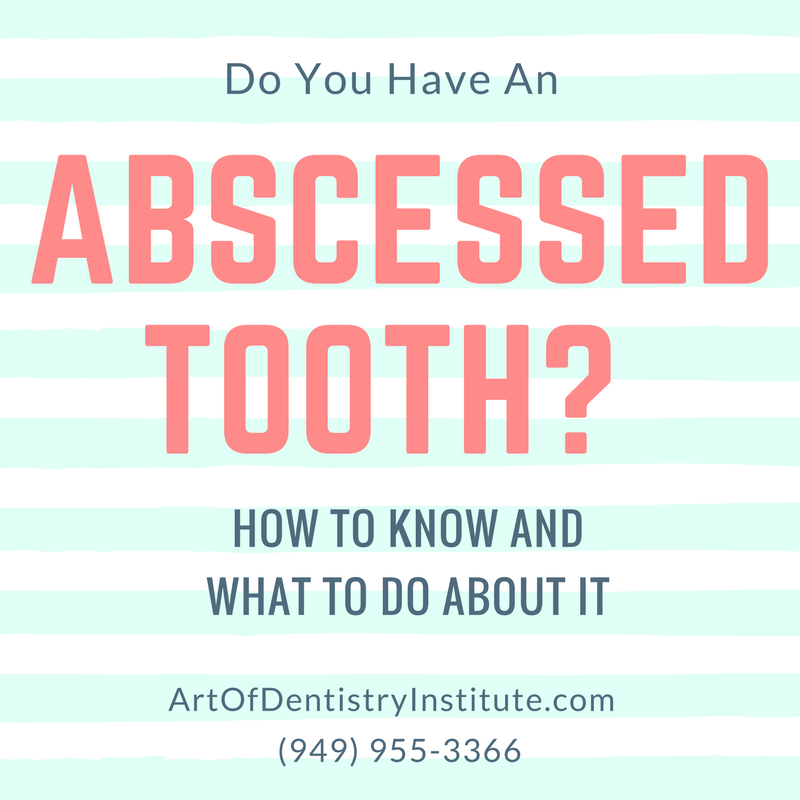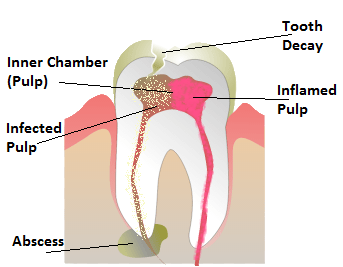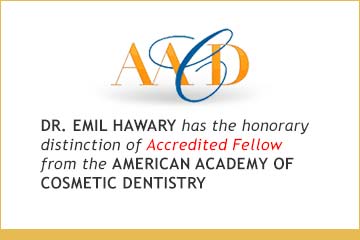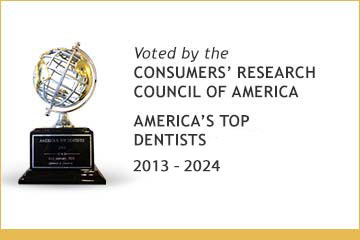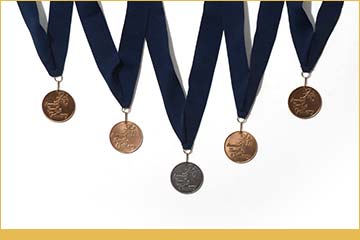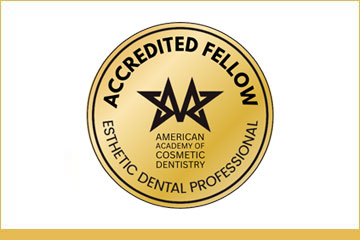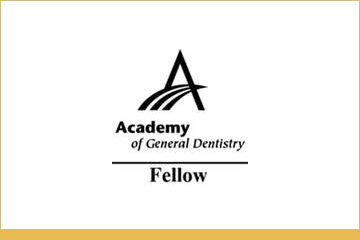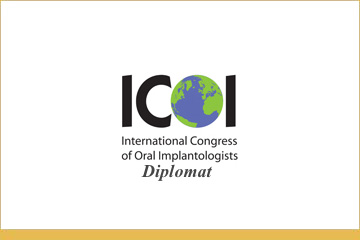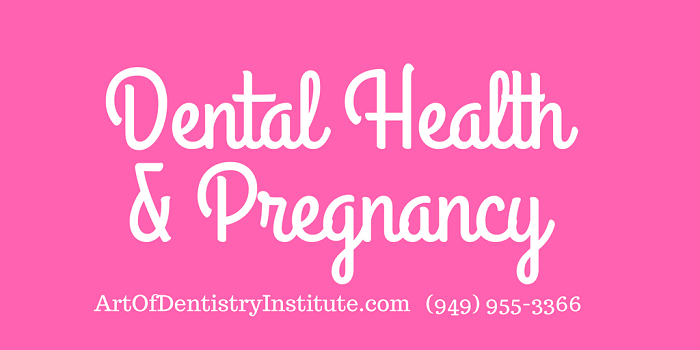
Did you find out you or a friend is pregnant? There are soon to be changes in every part of the body. Some of these changes are interesting and some might be exciting, but others are a literal pain. You may have heard friends or family talk about changes in general dental health, “pregnancy gingivitis” or other women who experience a toothache during pregnancy and are afraid to go to the dentist while pregnant. So, how do you maintain your oral health during pregnancy?
Keeping Healthy Teeth While Pregnant
Keeping healthy teeth while pregnant starts long before the road to pregnancy even begins. That’s right; the tried and true answer of good brushing and flossing habits prevails again. If you aren’t pregnant and are looking to start your family, we recommend continuing – or starting a routine – of healthy oral hygiene habits.
What to Tell Your Dentist
Have you started getting toothaches while pregnant? When you are pregnant there are so many things people tell you; what to wear, what to eat, what not to eat, etc. it can all be so confusing. While visiting the dentist, it doesn’t need to be confusing. Just tell your dentist that you are pregnant. That’s it, it’s that simple. Your dentist will know how to treat you, whether it is something small like a minor toothache during pregnancy or “pregnancy gingivitis”.
What is Pregnancy Gingivitis?
A common observation of many pregnant women is about their gums. Many pregnant women are quick to notice their gums are changing. Most commonly women report that their gums are more red than normal. Others notice bleeding gums while brushing their teeth. Others still complain about abnormal swelling of their gums. All of these symptoms are more commonly referred to as “pregnancy gingivitis”.
Before pregnancy gingivitis can be treated it’s important to understand the cause of pregnancy gingivitis. While many of the symptoms of pregnancy gingivitis are similar in nature to regular gingivitis some of the causes are different. The main difference is the hormone changes that occur during pregnancy. The hormones work two fold in creating a breeding ground for bacteria associated with gingivitis. Some of the hormones produced while pregnant encourage bacteria growth. Additionally, this change can affect the way your immune systems handles bacteria associated with pregnancy gingivitis.
Taking Care Of Your Teeth While Pregnant
So how do you prevent pregnancy gingivitis? Practice good oral hygiene techniques, like brushing twice a day for a period of 2 minutes each time and flossing once a day. You can also use an antimicrobial mouthwash to help eliminate these harmful bacteria.
Remember, dental health should remain an important part of your personal hygiene regimen, not only will proper oral health keep your breath fresh, but you are also looking out for the well-being of your future child.


